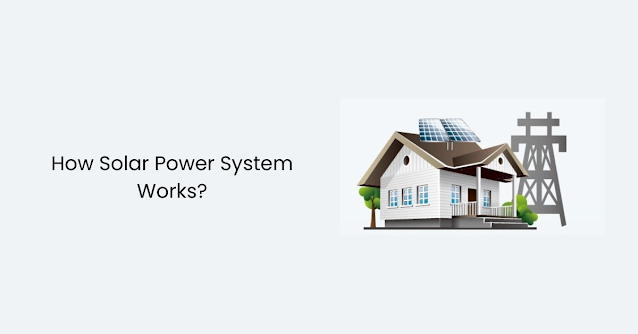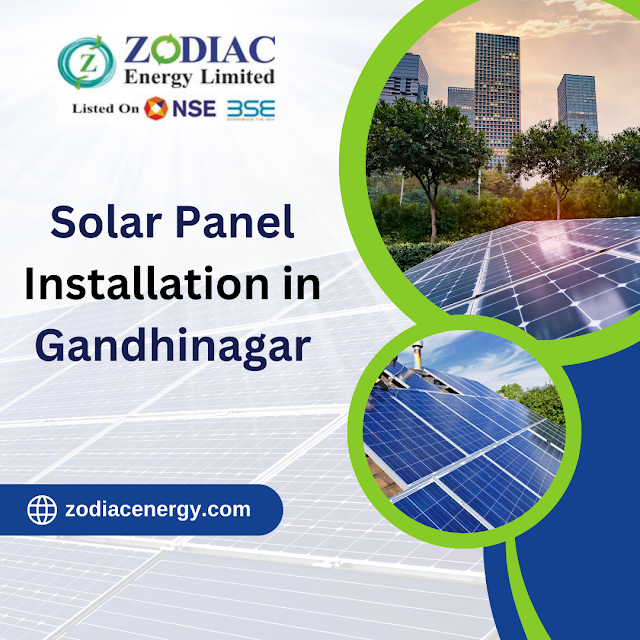How does a Solar Power System Work?
Solar power systems are a sustainable and eco-friendly way to generate electricity for your home or business. They use the sun’s energy to produce electricity, which can be used to power appliances, lights, and other electronics. Solar power systems are becoming increasingly popular due to their many benefits, including lower electricity bills, decreased dependence on fossil fuels, and reduced carbon emissions.
Solar power works by converting the sun’s light into electrical
energy. This is done using solar panels, which are made up of photovoltaic
cells. When the sun’s light hits the solar panel, the photons knock electrons
loose from the atoms in the cell. These electrons flow through a circuit and
are converted into electricity.
Solar power systems are composed of several components,
including solar panels, an inverter, batteries (optional), and a charge
controller (optional). Solar panels are the most important component and are
responsible for converting the sun’s light into electrical energy. The inverter
converts the direct current (DC) electricity produced by the solar panels into
alternating current (AC) electricity, which can be used to power appliances and
electronics in your home or business. Batteries can be used to store excess
electricity produced by solar panels so that they can be used at night or
during periods of bad weather when there is less sunlight. The charge
controller helps to regulate the flow of electricity from the solar panels to
the batteries (if they are present) to prevent them from being overloaded.




Comments
Post a Comment